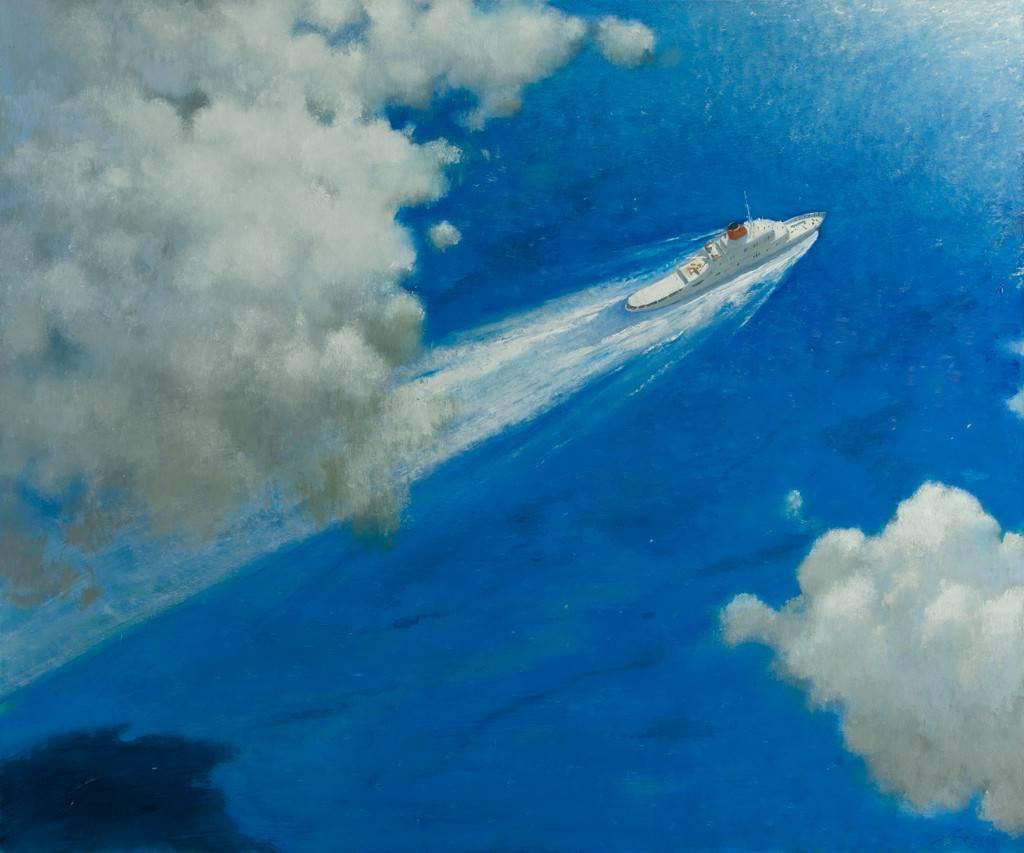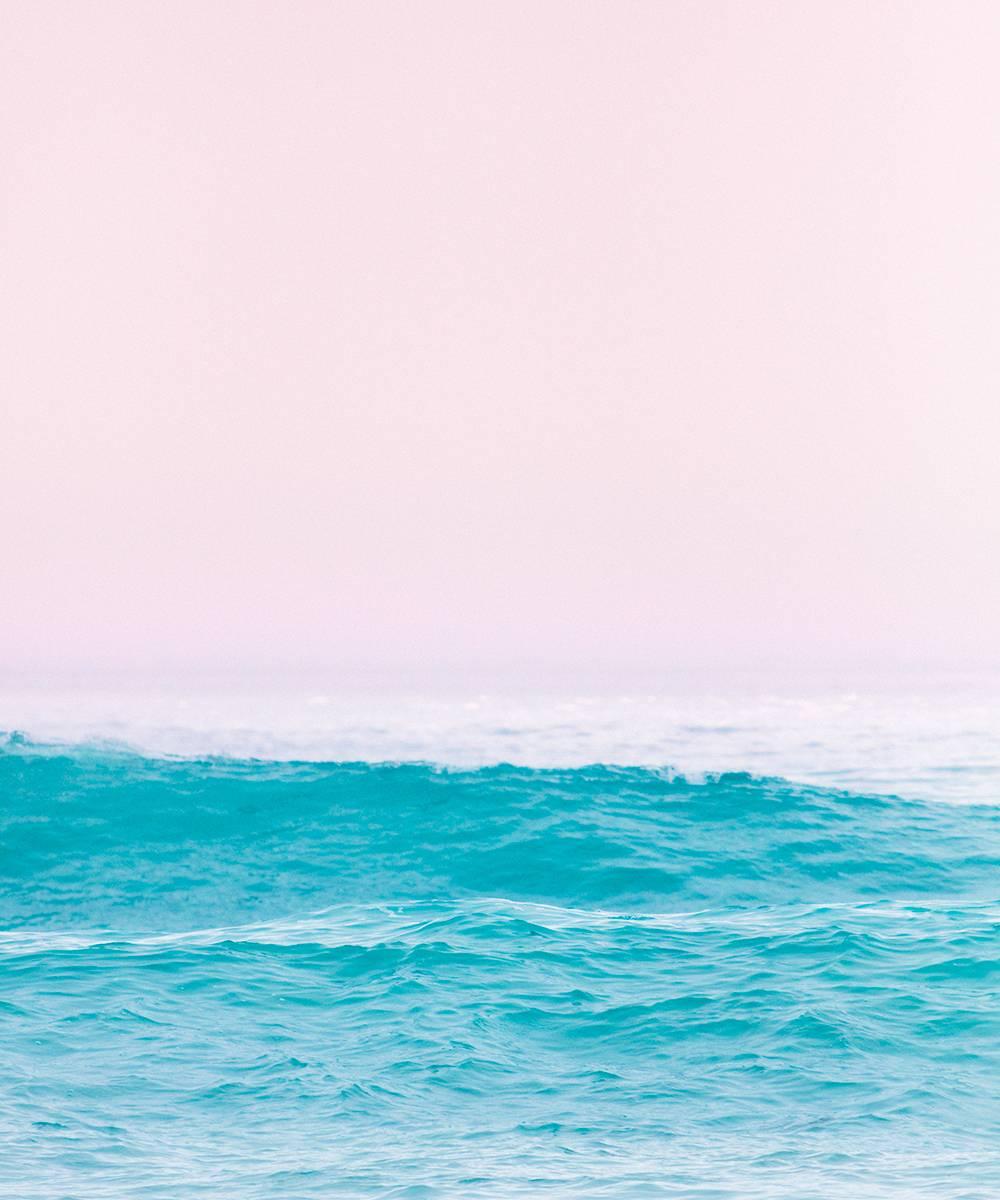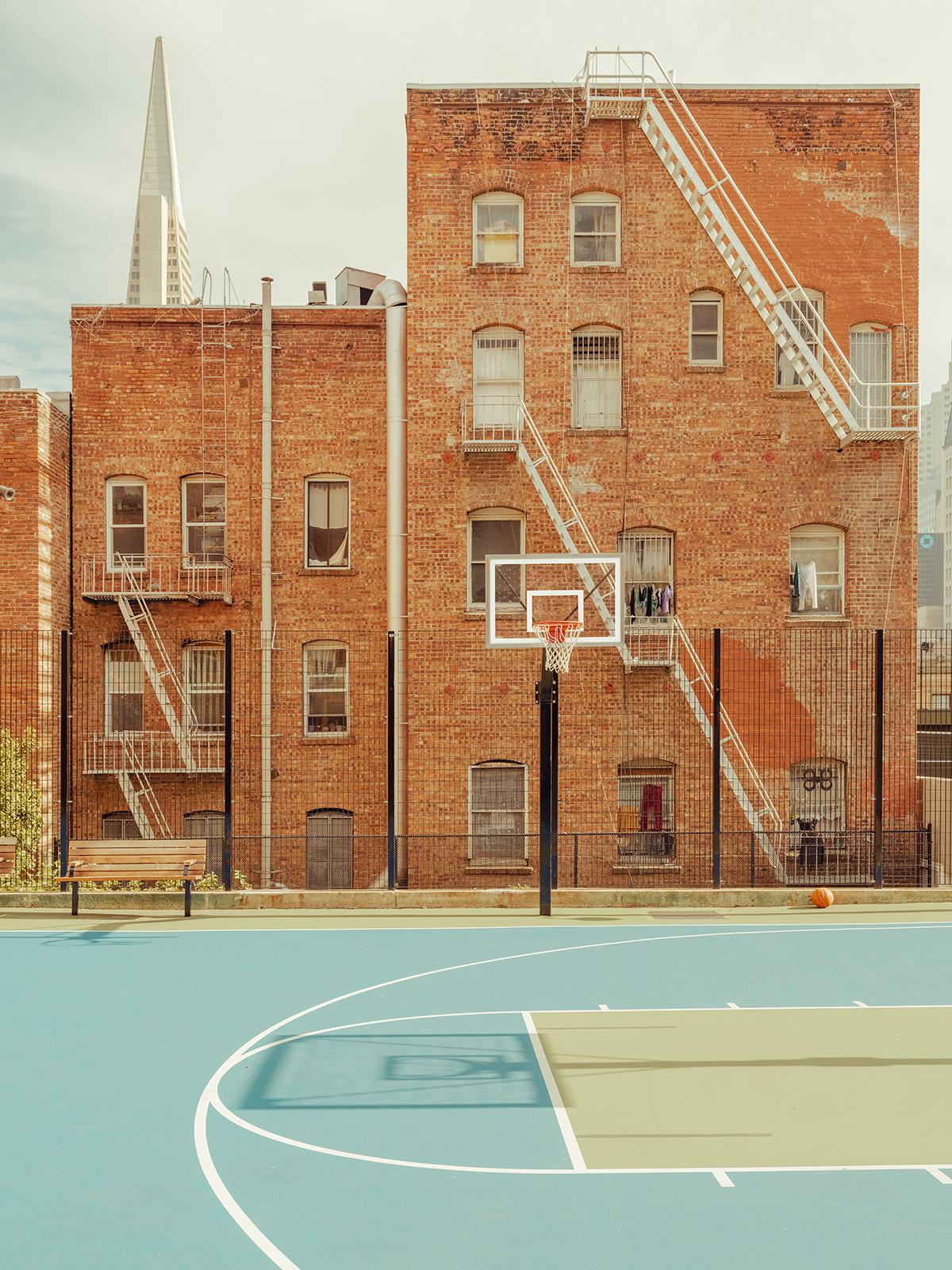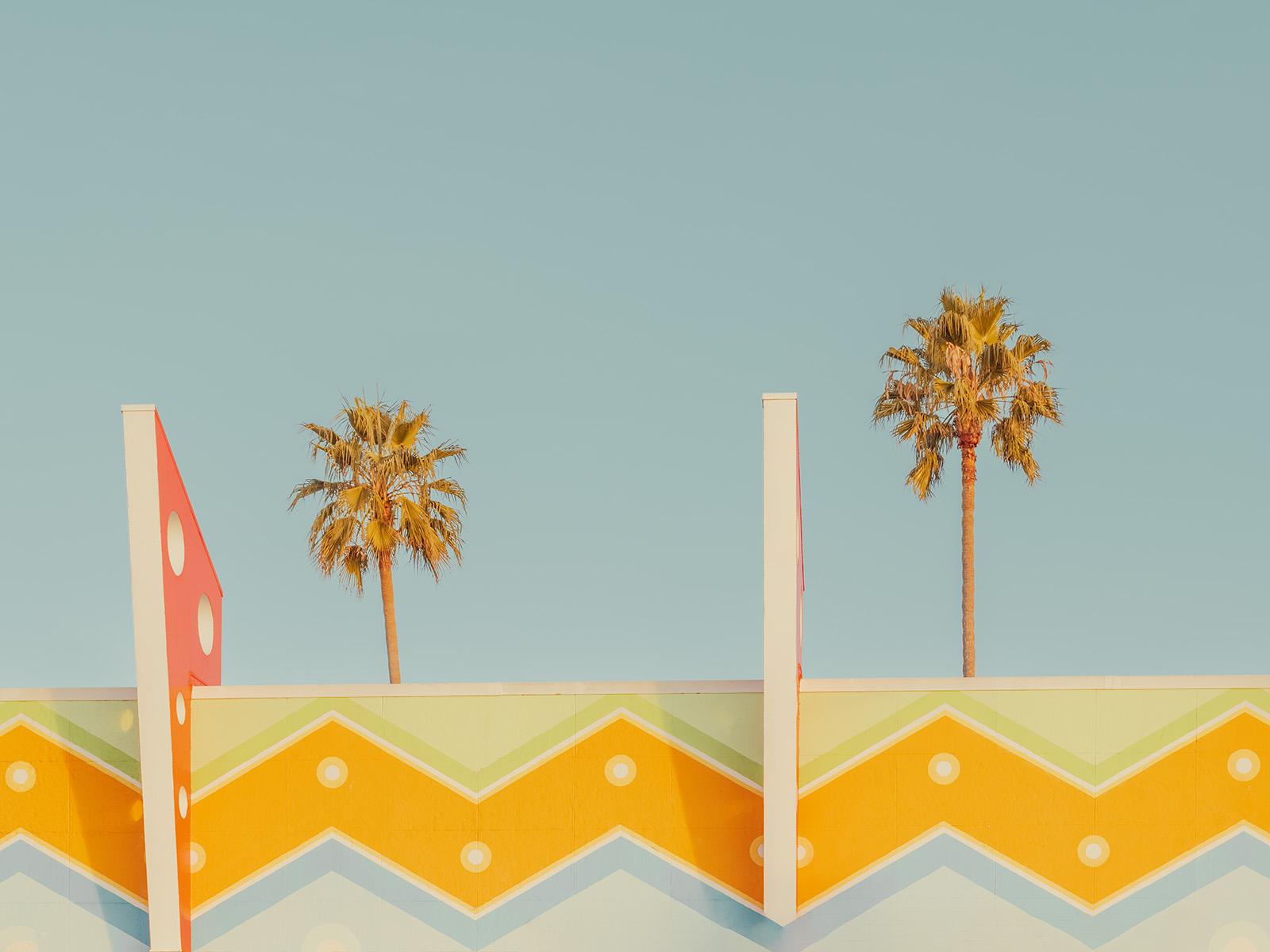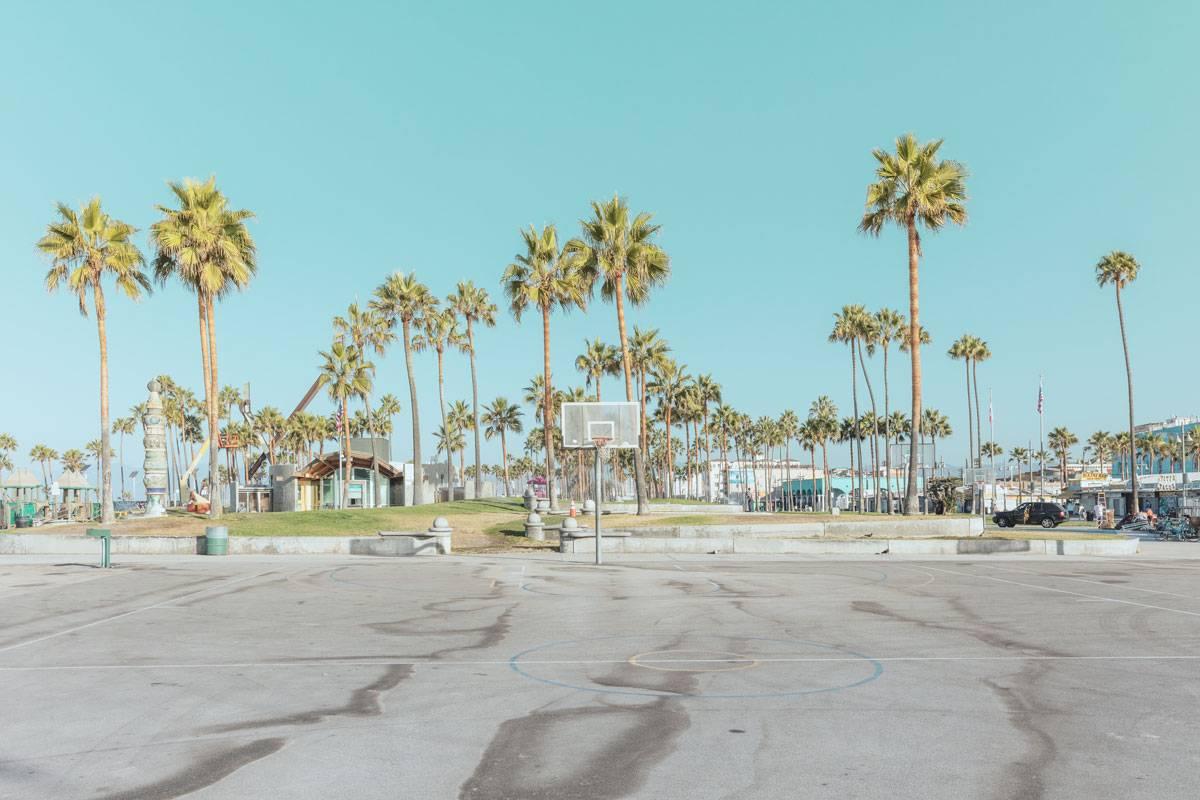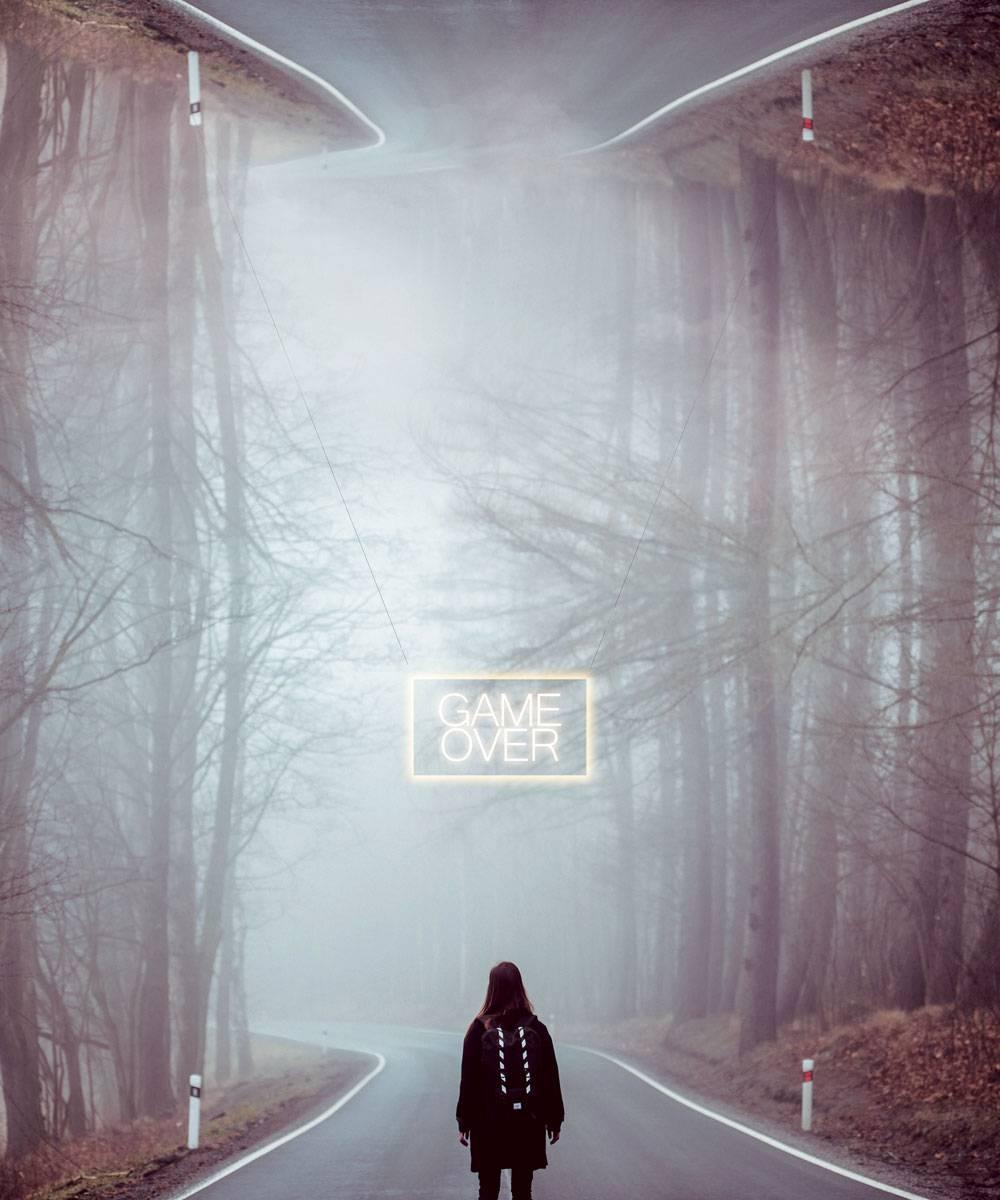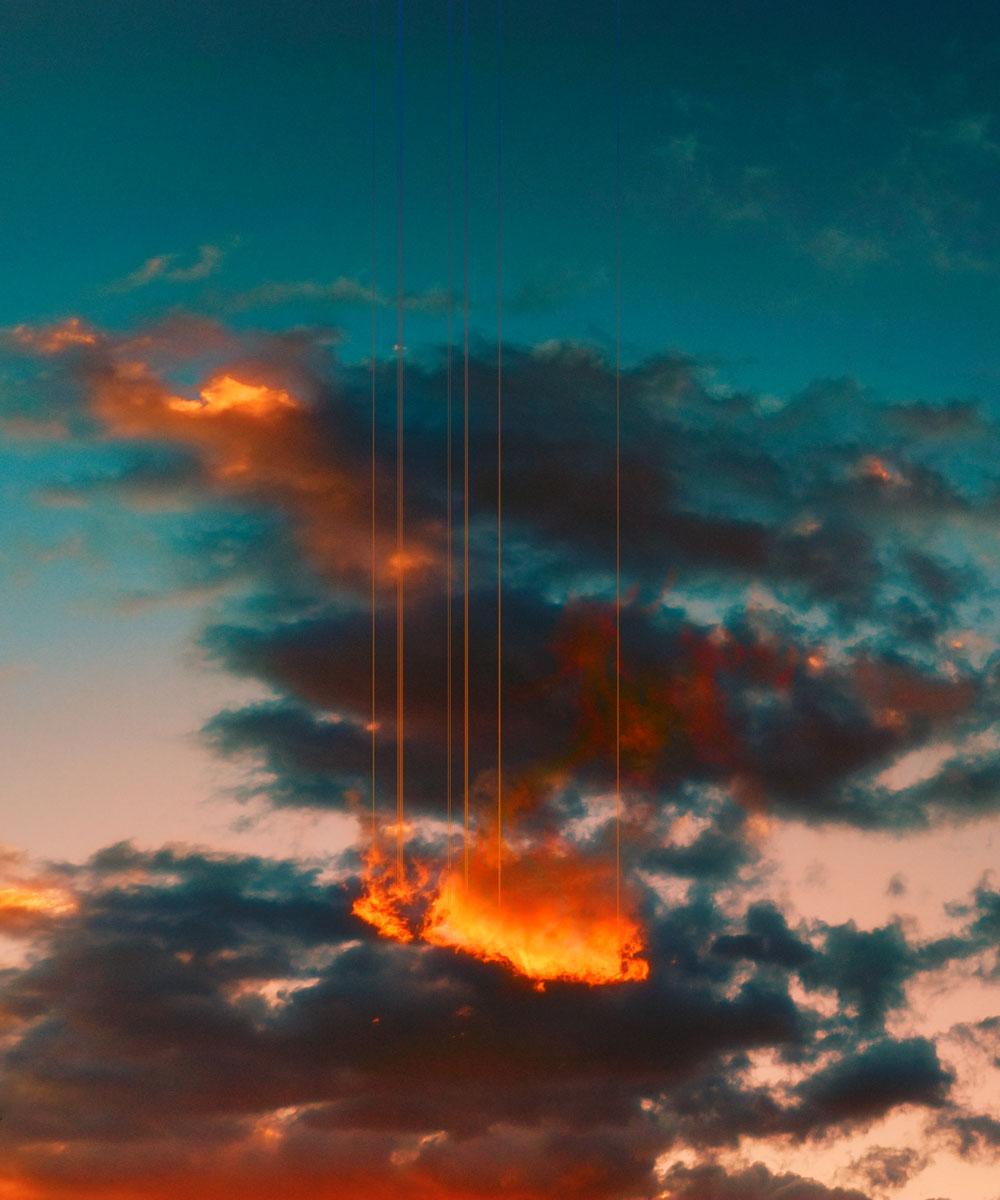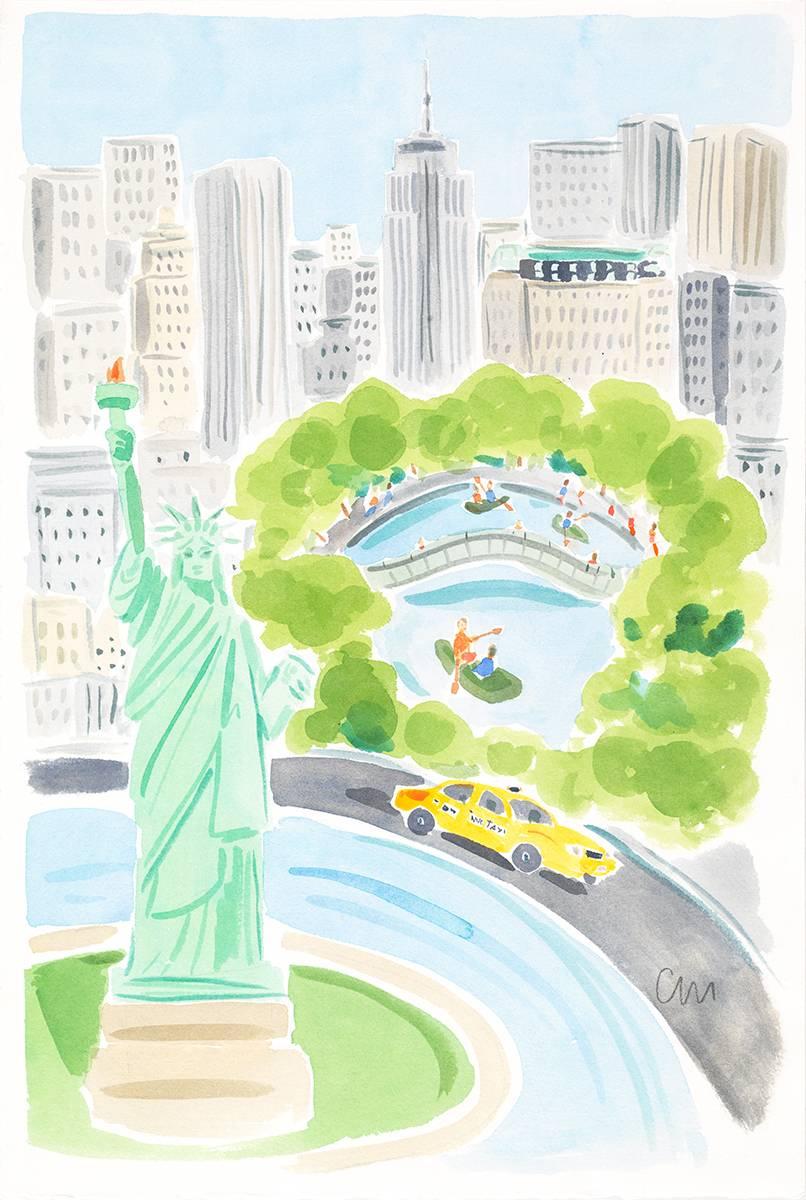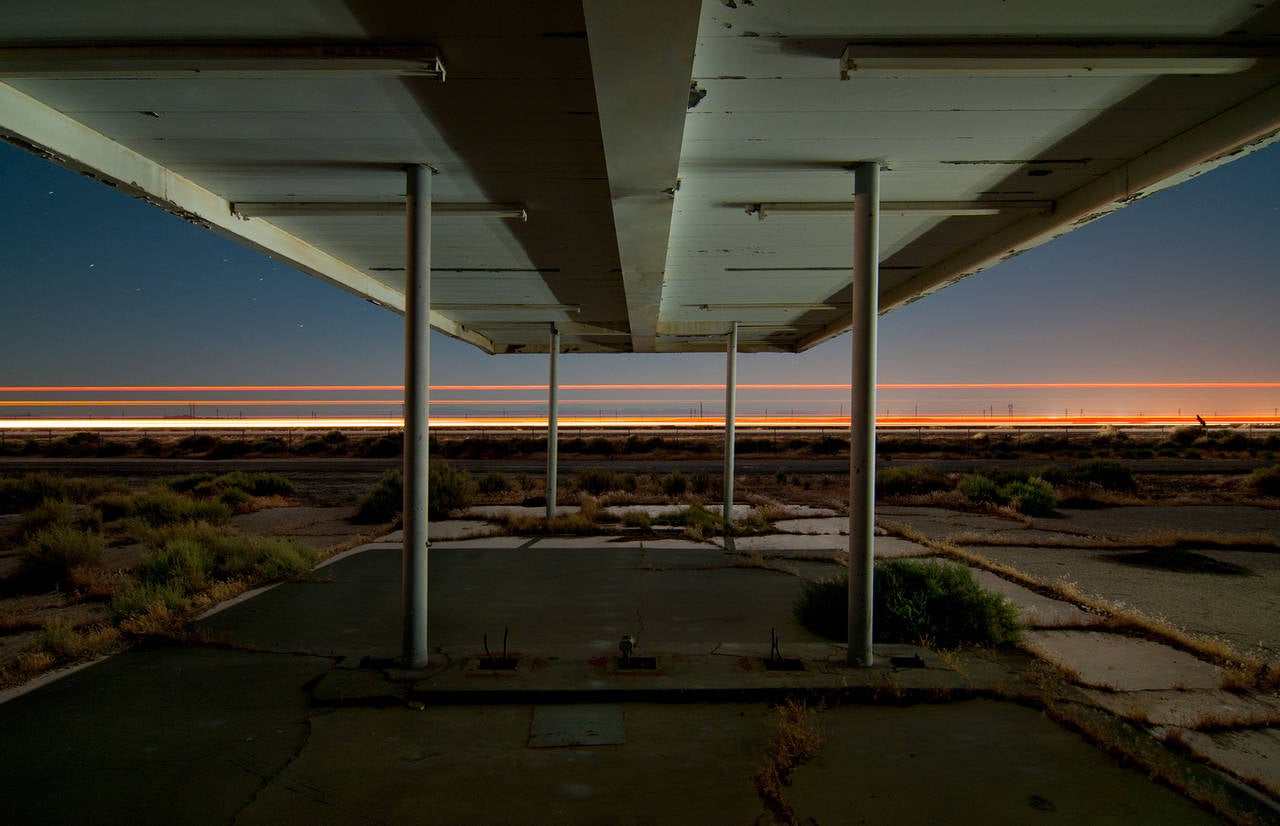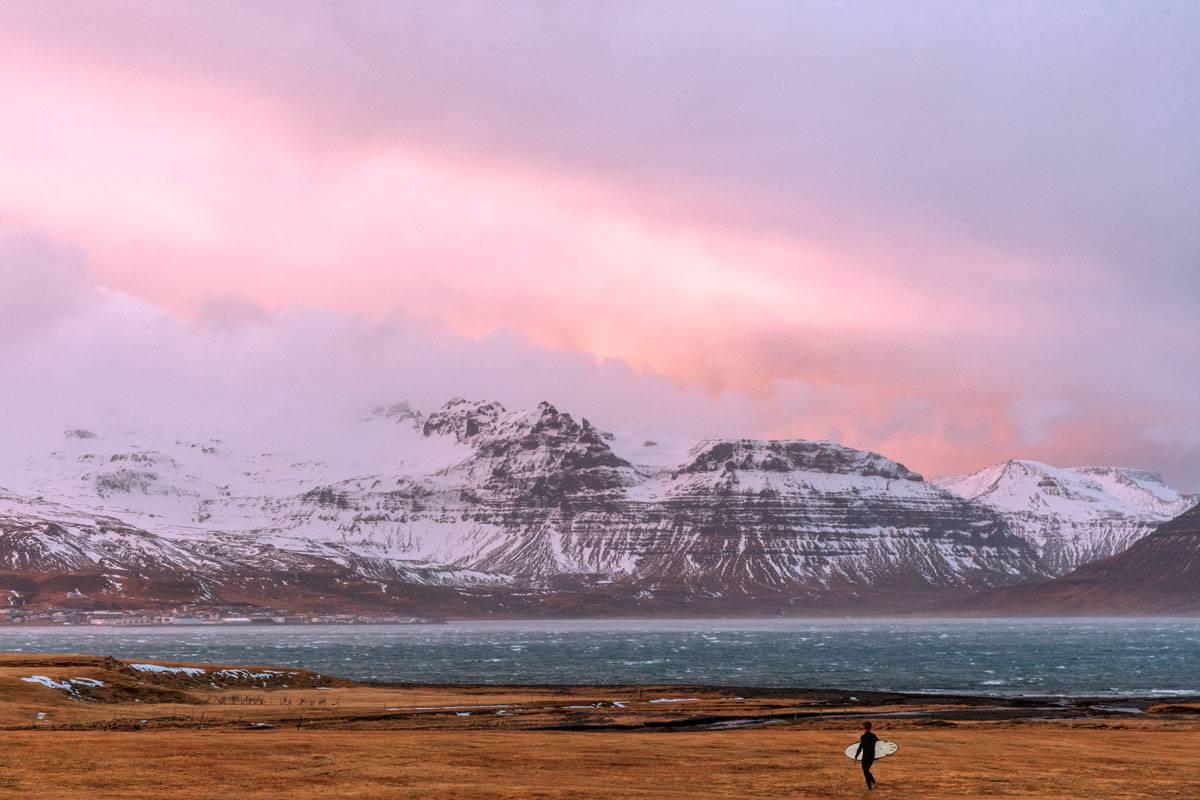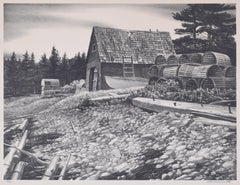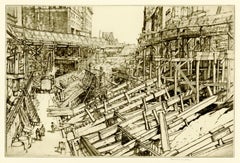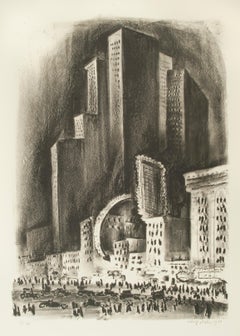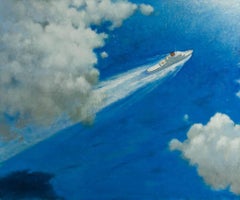
Noon Sun through Clouds
View Similar Items
Want more images or videos?
Request additional images or videos from the seller
1 of 2
Karl SchragNoon Sun through Clouds1975
1975
About the Item
- Creator:Karl Schrag (1912-1995, American)
- Creation Year:1975
- Period:
- Condition:Original.
- Gallery Location:Fairlawn, OH
- Reference Number:Seller: FA76451stDibs: G131125140332
About the Seller
5.0
Recognized Seller
These prestigious sellers are industry leaders and represent the highest echelon for item quality and design.
Platinum Seller
These expertly vetted sellers are 1stDibs' most experienced sellers and are rated highest by our customers.
Established in 1978
1stDibs seller since 2013
711 sales on 1stDibs
Typical response time: 1 hour
Associations
International Fine Print Dealers Association
More From This SellerView All
- Lobsterman's Cove, Winter Harbor, MaineBy Stow WengenrothLocated in Fairlawn, OHLobsterman's Cove, Winter Harbor, Maine Lithograph, 1941 Signed in pencil lower right (see photo) Edition 50 Impressions are in the collection of the Pennsylvania Academy of the Fine...Category
1940s American Realist Landscape Prints
MaterialsLithograph
- Ontario St. Grading and Temporary RampsBy Louis Conrad RosenbergLocated in Fairlawn, OHOntario St. Grading and Temporary Ramps Drypoint, August 1929 Signed in pencil lower right (see photo) From: The Cleveland Set (23 plates), this being No. 13 Edition: Small A brilliant example of American industrial art. A wonderful, rich impression, with lots of burr and contrasts. Louis Conrad Rosenberg 1890-1983 An American architectural etcher and engraver of the 1920's and 1930's era, Louis Conrad Rosenberg first studied at the Massachusetts Institute of Technology. He then enrolled at the Royal College of Art, London, to study etching techniques under Malcolm Osborne...Category
1920s American Modern Landscape Prints
MaterialsDrypoint
- New York NightBy Adolf DehnLocated in Fairlawn, OHNew York Night\Lithograph, 1930 Edition: 30 Printer: Meister Schulz, Berlin Printed on heavy wove paper without watermark This lithograph was created in...Category
1930s American Modern Landscape Prints
MaterialsLithograph
- Rainy Night in RomeBy Sir Muirhead BoneLocated in Fairlawn, OHRainy Night in Rome Drypoint, 1913 Signed in pencil and titled in the lower margin by the artist (see photo) Provenance: Kennedy Galleries, Stock # A6538 Reference; Doddgson 299 _/X Total edition in 10 states 125 printed Note: The scene depicts the Church of San Rocco on the right at the intersection of via Schiavoria and via di Ripetta. Guichard considers this image to be among the artist's most desirable. Condition: Exceptional, rich impressions, printing with extensive burr. Printed on a medium weight Japanese paper. Image/Plate size: 12 x 9 inches Sheet size: 15 7/8 x 11 inches Sir Muirhead Bone (23 March 1876 – 21 October 1953) was a Scottish etcher and watercolourist who became known for his depiction of industrial and architectural subjects and his work as a war artist in both the First and Second World Wars. A figure in the last generation of the Etching Revival, Bone's early large and heavily-worked architectural subjects fetched extremely high prices before the Wall Street Crash of 1929 deflated the collectors' market. He was well known, if not notorious, for publishing large numbers of different states of etchings, encouraging collectors to buy several impressions. Bone was an active member of both the British War Memorials Committee in the First World War and the War Artists' Advisory Committee in the Second World War He promoted the work of many young artists and served as a Trustee of the Tate Gallery, the National Gallery, and the Imperial War Museum. Early life Muirhead Bone was born in Partick, Glasgow. His parents were journalist David Drummond Bone (1841–1911 and Elizabeth Millar Crawford (1847–1886). The Bone and his siblings attended the local Board school and were placed in apprenticeships from the age of fourteen. James Bone...Category
1910s English School Landscape Prints
MaterialsDrypoint
- Brooklyn WaterfrontBy Adolf Arthur DehnLocated in Fairlawn, OHBrooklyn Waterfront Lithograph, 1931 Signed, titled, and dated in pencil by the artist Edition: Undetermined (very small), plus artist's proofs Printed by Meister Schulz, Berlin Provenance: Estate of the artist Virginia Dehn, the artist's widow Dehn Quests Bibliography: Lumsdaine and O'Sullivan 152 Illustrated: Adams, The Sensuous Life of Adolf Dehn, Fig. 9.14, page 213 (This impression) Adolf Dehn, American Watercolorist and Printmaker, 1895-1968 Adolf Dehn was an artist who achieved extraordinary artistic heights, but in a very particular artistic sphere—not so much in oil painting as in watercolor and lithography. Long recognized as a master by serious print collectors, he is gradually gaining recognition as a notable and influential figure in the overall history of American art. In the 19th century, with the invention of the rotary press, which made possible enormous print runs, and the development of the popular, mass-market magazines, newspaper and magazine illustration developed into an artistic realm of its own, often surprisingly divorced from the world of museums and art exhibitions, and today remains surprisingly overlooked by most art historians. Dehn in many regards was an outgrowth of this world, although in an unusual way, since as a young man he produced most of his illustrative work not for popular magazines, such as The Saturday Evening Post, but rather for radical journals, such as The Masses or The Liberator, or artistic “little magazines” such as The Dial. This background established the foundation of his outlook, and led later to his unique and distinctive contribution to American graphic art. If there’s a distinctive quality to his work, it was his skill in introducing unusual tonal and textural effects into his work, particularly in printmaking but also in watercolor. Jackson Pollock seems to have been one of many notable artists who were influenced by his techniques. Early Years, 1895-1922 For an artist largely remembered for scenes of Vienna and Paris, Adolf Dehn’s background was a surprising one. Born in Waterville, Minnesota, on November 22, 1895, Dehn was the descendent of farmers who had emigrated from Germany and homesteaded in the region, initially in a one-room log cabin with a dirt floor. Adolf’s father, Arthur Clark Dehn, was a hunter and trapper who took pride that he had no boss but himself, and who had little use for art. Indeed, during Adolf’s boyhood the walls of his bedroom and the space under his bed were filled with the pelts of mink, muskrats and skunks that his father had killed, skinned and stretched on drying boards. It was Adolf’s mother, Emilie Haas Dehn, a faithful member of the German Lutheran Evangelical Church, who encouraged his interest in art, which became apparent early in childhood. Both parents were ardent socialists, and supporters of Eugene Debs. In many ways Dehn’s later artistic achievement was clearly a reaction against the grinding rural poverty of his childhood. After graduating from high school in 1914 at the age of 19—an age not unusual in farming communities at the time, where school attendance was often irregular—Dehn attended the Minneapolis School of Art from 1914 to 1917, whose character followed strongly reflected that of its director, Munich-trained Robert Kohler, an artistic conservative but a social radical. There Dehn joined a group of students who went on to nationally significant careers, including Wanda Gag (later author of best-selling children’s books); John Flanagan (a sculptor notable for his use of direct carving) Harry Gottlieb (a notable social realist and member of the Woodstock Art Colony), Elizabeth Olds (a printmaker and administrator for the WPA), Arnold Blanch (landscape, still-life and figure painter, and member of the Woodstock group), Lucille Lunquist, later Lucille Blanch (also a gifted painter and founder of the Woodstock art colony), and Johan Egilrud (who stayed in Minneapolis and became a journalist and poet). Adolf became particularly close to Wanda Gag (1893-1946), with whom he established an intense but platonic relationship. Two years older than he, Gag was the daughter of a Bohemian artist and decorator, Anton Gag, who had died in 1908. After her husband died, Wanda’s mother, Lizzi Gag, became a helpless invalid, so Wanda was entrusted with the task of raising and financially supporting her six younger siblings. This endowed her with toughness and an independent streak, but nonetheless, when she met Dehn, Wanda was Victorian and conventional in her artistic taste and social values. Dehn was more socially radical, and introduced her to radical ideas about politics and free love, as well as to socialist publications such as The Masses and The Appeal to Reason. Never very interested in oil painting, in Minneapolis Dehn focused on caricature and illustration--often of a humorous or politically radical character. In 1917 both Dehn and Wanda won scholarships to attend the Art Students League, and consequently, in the fall of that year both moved to New York. Dehn’s art education, however, ended in the summer of 1918, shortly after the United States entered World War I, when he was drafted to serve in the U. S. Army. Unwilling to fight, he applied for status as a conscientious objector, but was first imprisoned, then segregated in semi-imprisonment with other Pacifists, until the war ended. The abuse he suffered at this time may well explain his later withdrawal from taking political stands or making art of an overtly political nature. After his release from the army, Dehn returned to New York where he fell under the spell of the radical cartoonist Boardman Robinson and produced his first lithographs. He also finally consummated his sexual relationship with Wanda Gag. The Years in Europe: 1922-1929 In September of 1921, however, he abruptly departed for Europe, arriving in Paris and then moving on to Vienna. There in the winter of 1922 he fell in love with a Russian dancer, Mura Zipperovitch, ending his seven-year relationship with Wanda Gag. He and Mura were married in 1926. It was also in Vienna that he produced his first notable artistic work. Influenced by European artists such as Jules Pascin and Georg Grosz, Dehn began producing drawings of people in cafes, streets, and parks, which while mostly executed in his studio, were based on spontaneous life studies and have an expressive, sometimes almost childishly wandering quality of line. The mixture of sophistication and naiveté in these drawings was new to American audiences, as was the raciness of their subject matter, which often featured pleasure-seekers, prostitutes or scenes of sexual dalliance, presented with a strong element of caricature. Some of these drawings contain an element of social criticism, reminiscent of that found in the work of George Grosz, although Dehn’s work tended to focus on humorous commentary rather than savagely attacking his subjects or making a partisan political statement. Many Americans, including some who had originally been supporters of Dehn such as Boardman Robinson, were shocked by these European drawings, although George Grocz (who became a friend of the artist in this period) admired them, and recognized that Dehn could also bring a new vision to America subject matter. As he told Dehn: “You will do things in America which haven’t been done, which need to be done, which only you can do—as far at least as I know America.” A key factor in Dehn’s artistic evolution at this time was his association with Scofield Thayer, the publisher of the most notable modernist art and poetry magazine...Category
1920s American Modern Landscape Prints
MaterialsLithograph
- Niagara FallsBy Adolf Arthur DehnLocated in Fairlawn, OHNiagara Falls Lithograph, 1931 Signed lower right (see photo) Titled/edition lower left. (see photo) Edition of 25 Provenance: the Estate of the Artist Condition: Excellent Image si...Category
1930s American Modern Landscape Prints
MaterialsLithograph
You May Also Like
- Sea Road to BiminiBy Julio LarrazLocated in New York, NYABOUT THIS PIECE: Julio Larraz is an expert draftsman, adroitly sketching his subjects and enlivening them with vibrant color. Larraz is recognized for his precise and detailed techn...Category
Early 2000s Landscape Prints
MaterialsPhotographic Paper
- Salt Water Taffy No1By Jessica NugentLocated in New York, NYABOUT THIS PIECE: "My photographs are a personal collection of moments that reveal my most genuine and beautiful depictions in the world around us. Preserving precious moments in ti...Category
2010s Landscape Prints
MaterialsPhotographic Paper
- Lindblad Cove, AntarcticaBy Zaria FormanLocated in New York, NYSilkscreen, 2022 In collaboration with ArtStar and Marginal Editions H: 30.5” x W: 30” inches Limited Edition of 30 + 5 APs Hand-signed on recto $1,600 This is Zaria Forman’s first-...Category
2010s Landscape Prints
MaterialsArchival Pigment
- San Francisco Basketball CourtBy Ludwig FavreLocated in New York, NYABOUT THIS PIECE: French photographer Ludwig Favre recently road tripped to California. His pictures of California's iconic architecture and beaches carry the same romantic feel of a...Category
2010s Landscape Prints
MaterialsPhotographic Paper
- Amusement Park Santa CruzBy Ludwig FavreLocated in New York, NYABOUT THIS PIECE: French photographer Ludwig Favre recently road tripped to California. His pictures of California's iconic architecture and beaches carry the same romantic feel of a...Category
2010s Landscape Prints
MaterialsPhotographic Paper
- LA PlaygroundBy Ludwig FavreLocated in New York, NYABOUT THIS PIECE: French photographer Ludwig Favre recently road tripped to California. His pictures of California's iconic architecture and beaches carry the same romantic feel of a...Category
2010s Landscape Prints
MaterialsPhotographic Paper
Recently Viewed
View AllMore Ways To Browse
Sultan Trumpets
Supreme Hunter Thompson
Tallulah Tucher
Tarot Picini
Thorolf Holmboe
Tommy Merryfield
Tseng Yang
Uri Geller
Vasarely Monocolor
Veta Gorner On Sale
Victor Kagan
Vija Celmins On Sale
Vintage Dave Allen
Vintage Delaval
Vintage En Savoie Poster
Vintage Heinz Beans
Vintage Hole Punch Tool
Vintage Linda Ronstadt Poster
